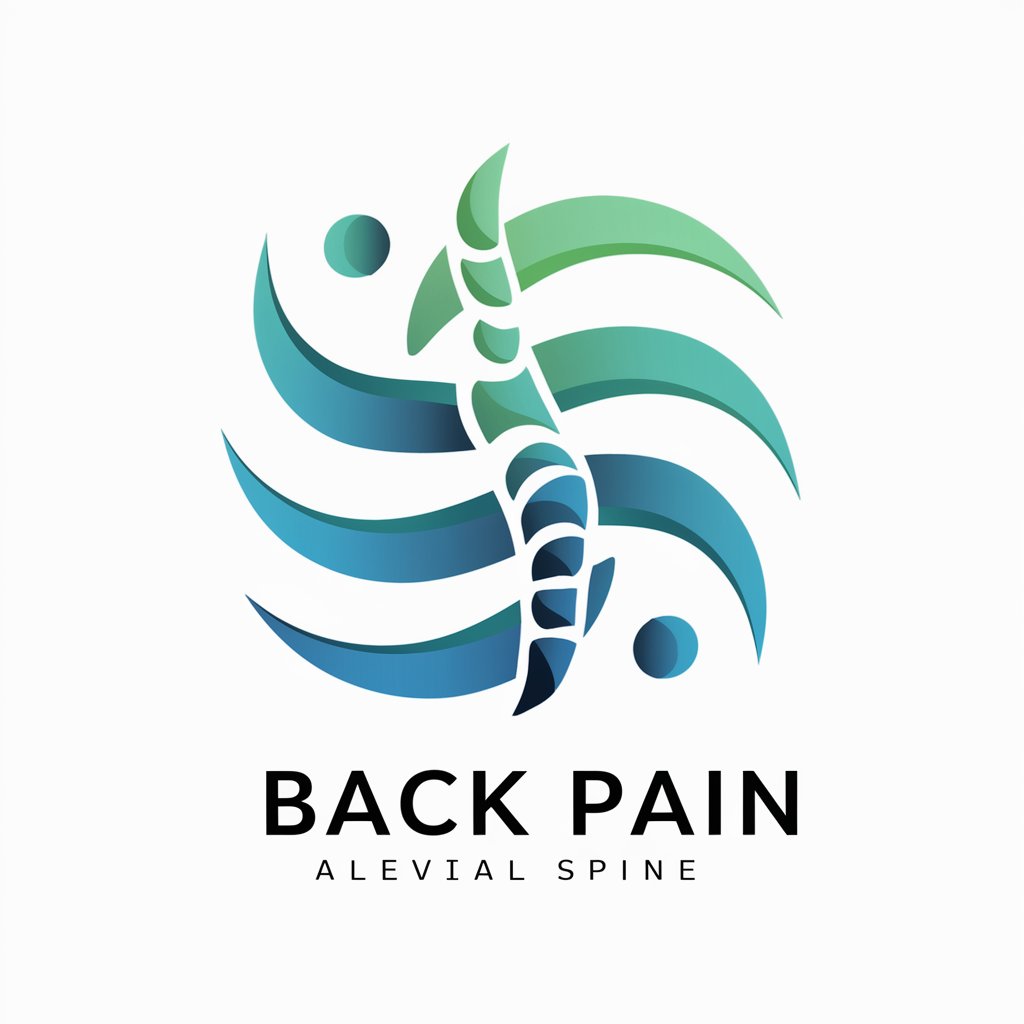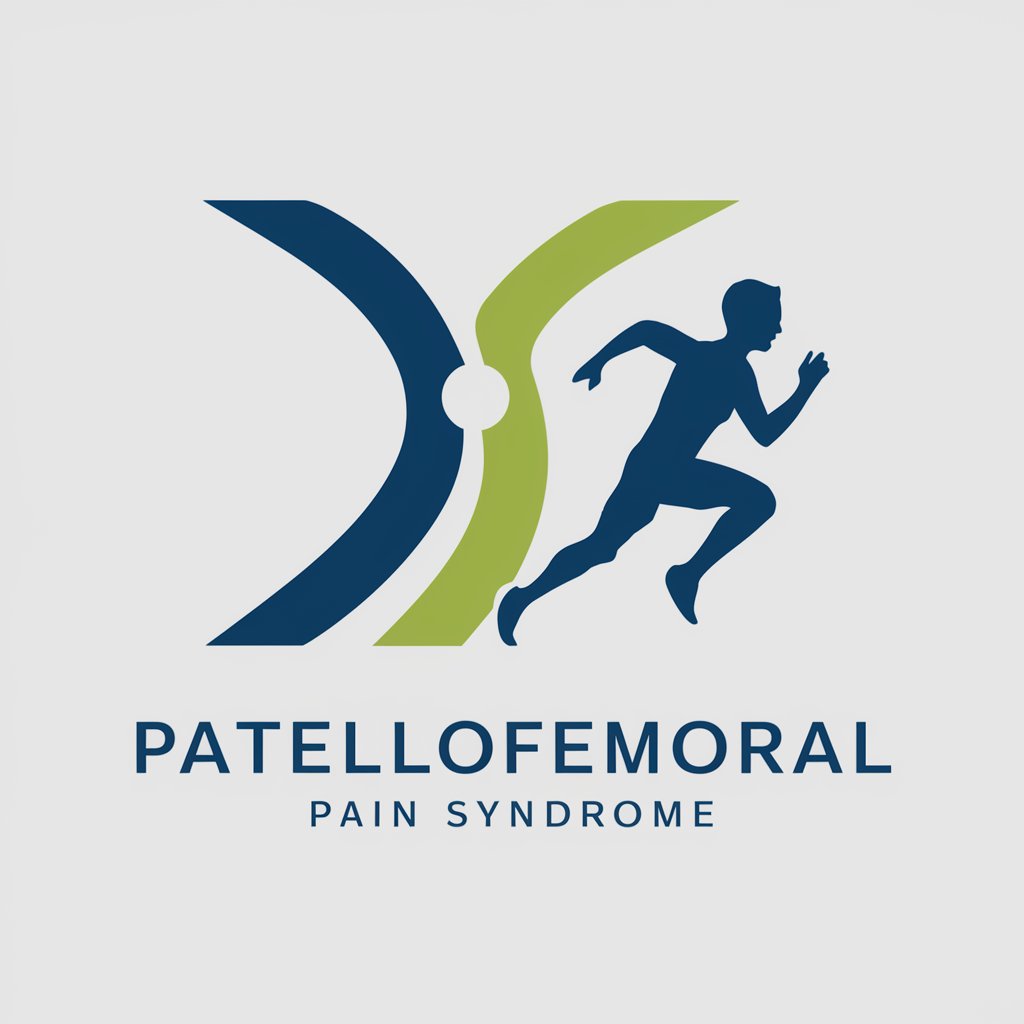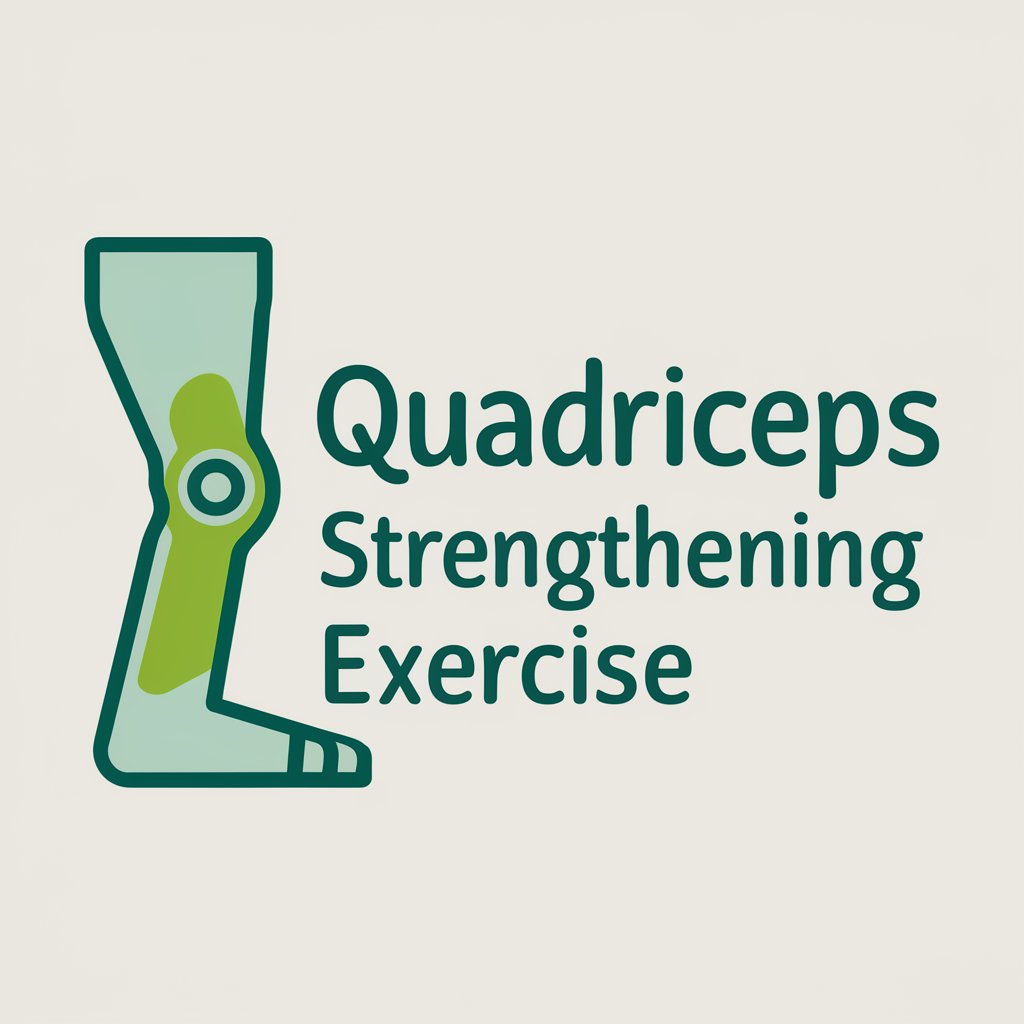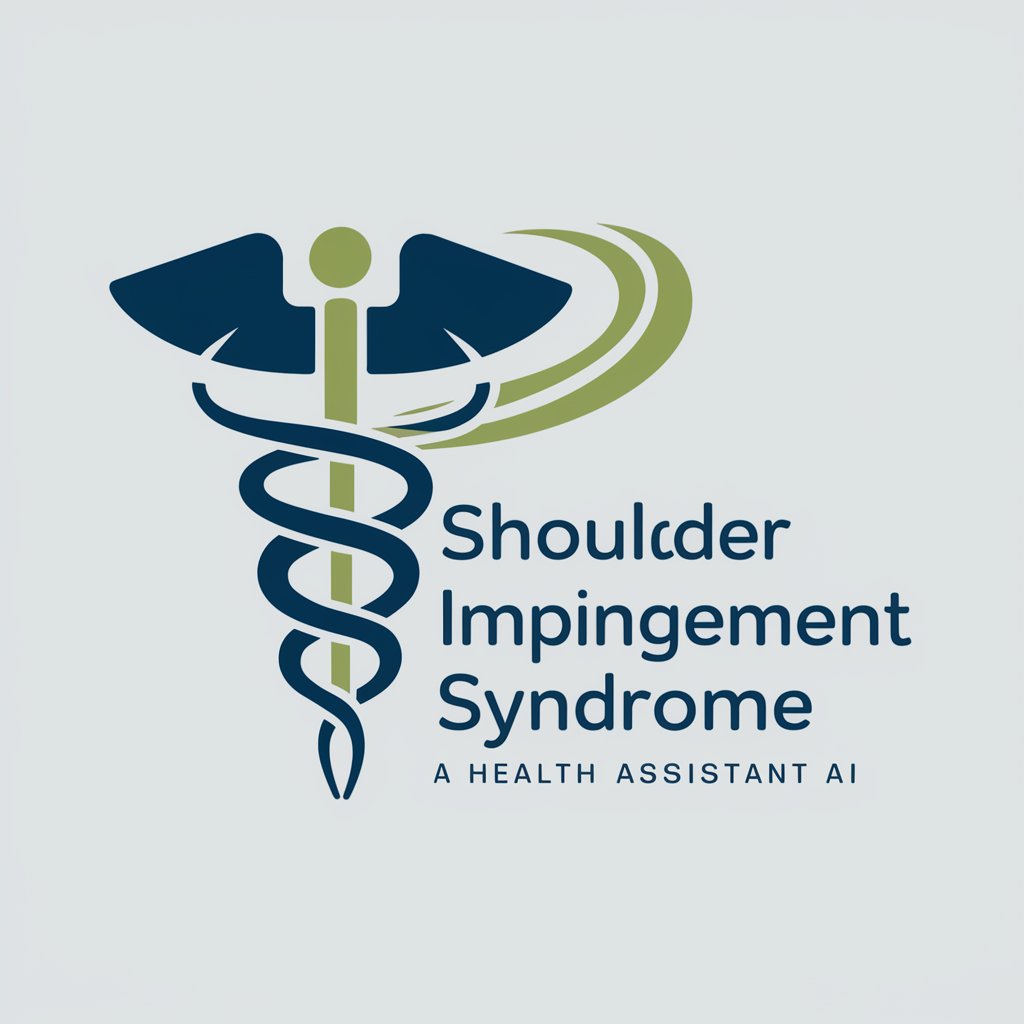
Patellofemoral Pain Syndrome. - PFPS Support & Guidance

Hello! Ask me about patellofemoral pain syndrome.
AI-powered knee health advisor
What is patellofemoral pain syndrome?
Can you suggest exercises for PFPS? Emphasize quadricep strengthening exercise.
What are common causes of PFPS?
How can I prevent PFPS during running?
Get Embed Code
Introduction to Patellofemoral Pain Syndrome GPT
This GPT is specialized in providing comprehensive insights into Patellofemoral Pain Syndrome (PFPS), a common knee condition characterized by pain around or behind the kneecap (patella). It's designed to offer users a deeper understanding of PFPS, including its symptoms, causes, treatment options, and prevention strategies. With a focus on education and support, this GPT aims to guide individuals through the complexities of PFPS, leveraging examples and scenarios to illustrate how certain behaviors, activities, or therapeutic exercises can impact knee health. From detailed explanations of biomechanical factors contributing to PFPS to practical advice on managing symptoms, the intent is to empower users with knowledge and actionable guidance. Powered by ChatGPT-4o。

Main Functions of Patellofemoral Pain Syndrome GPT
Educational Content Delivery
Example
Explaining the anatomical and biomechanical factors leading to PFPS, such as overuse or misalignment.
Scenario
A user unsure about why they're experiencing knee pain receives a detailed breakdown of how patellar tracking issues can cause PFPS.
Guidance on Management and Treatment
Example
Offering tailored advice on exercises and lifestyle modifications to alleviate PFPS symptoms.
Scenario
An active individual seeks exercises to strengthen the quadriceps and improve patellar alignment, and is provided with a set of specific, knee-friendly exercises.
Preventative Measures Advice
Example
Providing recommendations on footwear, activity modification, and strengthening exercises to prevent PFPS onset or recurrence.
Scenario
A runner looking to prevent knee pain is advised on proper footwear and given a preventive exercise regimen focusing on hip and core strength.
Ideal Users of Patellofemoral Pain Syndrome Services
Individuals Experiencing Knee Pain
People who are currently experiencing knee pain, particularly around the kneecap, and seek to understand their condition better. They would benefit from learning about PFPS, its causes, and how to manage or alleviate their symptoms.
Active Individuals and Athletes
Athletes and physically active individuals who are either looking to prevent PFPS due to their high activity levels or manage existing conditions. They can benefit from tailored advice on exercises, activity modifications, and strategies to ensure knee health during sports or exercise.
Healthcare Professionals
While not a substitute for professional medical advice, healthcare professionals might use this service as an educational tool to supplement their patient education materials, providing accessible information on PFPS management and prevention strategies.

How to Use Patellofemoral Pain Syndrome GPT
Step 1
Begin by accessing yeschat.ai for a complimentary trial, no login or ChatGPT Plus required.
Step 2
Identify your specific need or question related to patellofemoral pain syndrome, such as symptoms, causes, or treatment options.
Step 3
Enter your question into the provided text box. Be as specific as possible to receive the most relevant advice.
Step 4
Review the generated advice carefully. Remember, this tool is designed to provide general guidance and should not replace professional medical advice.
Step 5
For the best experience, utilize the tool regularly for ongoing education and support on managing patellofemoral pain syndrome.
Try other advanced and practical GPTs
Lean Mentor
Empowering Lean Excellence with AI

Lean Canvas
Simplify Your Business Model with AI

Lean Sensei
AI-Powered Lean Methodology Expert

Lean 4 Tutor
Master theorem proving with AI guidance.

Lean Guide
Empowering Lean Mastery with AI

Recipe Generator
AI-Powered Culinary Creations at Your Fingertips

Pain Prodigy
Empowering pain management with AI-driven insights.

Shoulder pain
AI-Powered Shoulder Pain Management

Knee pain
Empowering Your Journey Towards Knee Health

Back Pain
AI-Powered Back Pain Relief Solutions

Small Business Guide
Empowering real estate with AI insights

Small Business GPT
Empowering Small Businesses with AI

Detailed Q&A about Patellofemoral Pain Syndrome GPT
What is Patellofemoral Pain Syndrome?
Patellofemoral Pain Syndrome (PFPS) is a condition characterized by pain around the front of the knee and the patella, often resulting from physical activity. It's commonly known as 'runner's knee.'
How can this GPT help manage PFPS?
This GPT offers information on PFPS symptoms, causes, and treatment options, along with exercise recommendations and knee health tips. It's a resource for education and guidance, not a substitute for medical advice.
Are there any exercises recommended for PFPS?
Yes, the GPT can suggest exercises aimed at strengthening the muscles around the knee, improving flexibility, and enhancing overall knee stability, which are essential for managing PFPS.
Can I use this GPT for diagnosing my knee pain?
No, this GPT provides information and guidance on PFPS and is not equipped to diagnose medical conditions. Always consult a healthcare professional for an accurate diagnosis.
How often should I use this GPT for PFPS advice?
Use the GPT as often as needed to learn about PFPS and manage its symptoms. Regular use can offer ongoing support and updates on managing knee health effectively.




